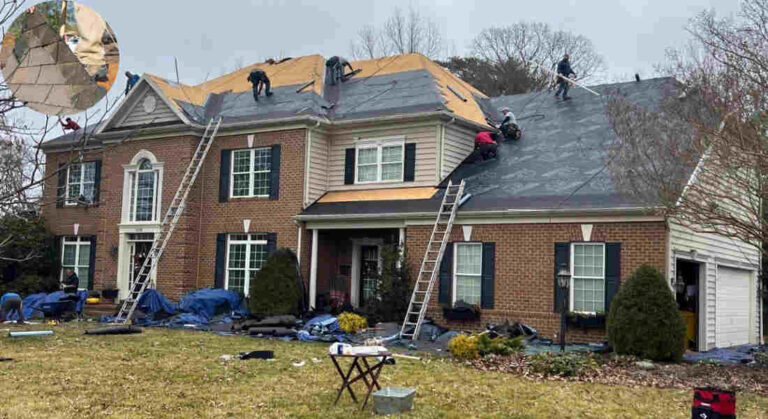Imagine this: You wake up one morning to find a leak in your ceiling. As you scramble to contain the damage, a nagging question enters your mind—will Insurance cover a 20-year-old roof? It’s a common concern for many homeowners, especially those with older houses. As roofs age, they can encounter a range of issues, and understanding how Insurance interacts with these aging structures is essential.
We’ll discuss why roof insurance matters, how roof age impacts coverage, standard exclusions for older roofs, and much more. By the end, you’ll have a clearer understanding of what to expect from your insurance policy regarding an aging roof.
What Is Roof Insurance and Why Does It Matter?
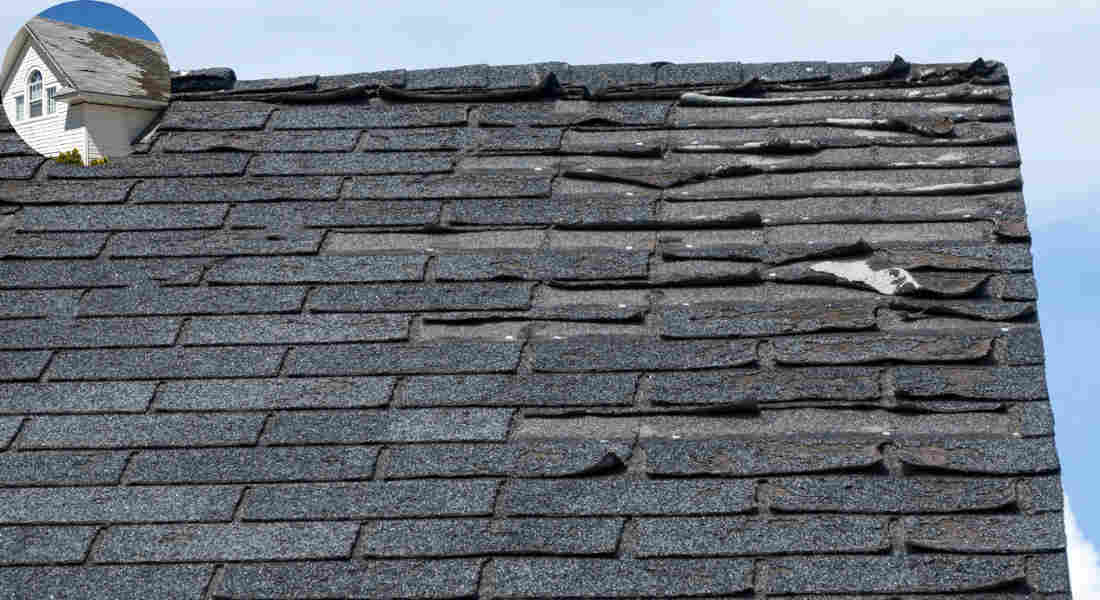
Definition of Roof Insurance
Roof insurance, often part of a broader homeowners insurance policy, protects you against financial losses related to roof damage. This can include coverage for repairs or replacements resulting from various incidents, such as storms, fires, or vandalism.
Importance of Roof Insurance for Older Homes
For homes over 20 years old, roof insurance becomes even more critical. As roofs age, they are more susceptible to wear and tear. Moreover, many insurance companies view roofs over two decades old as a higher risk, which can affect your coverage options.
You may also read (how to budget for a home garden room extension).
How Roof Age Affects Insurance Eligibility
Insurance providers typically assess the age and condition of your roof when determining coverage. Homes with roofs older than 20 years may face higher premiums or limited coverage options. Understanding this can help you navigate your insurance policy more effectively.
How Roof Age Impacts Insurance Coverage
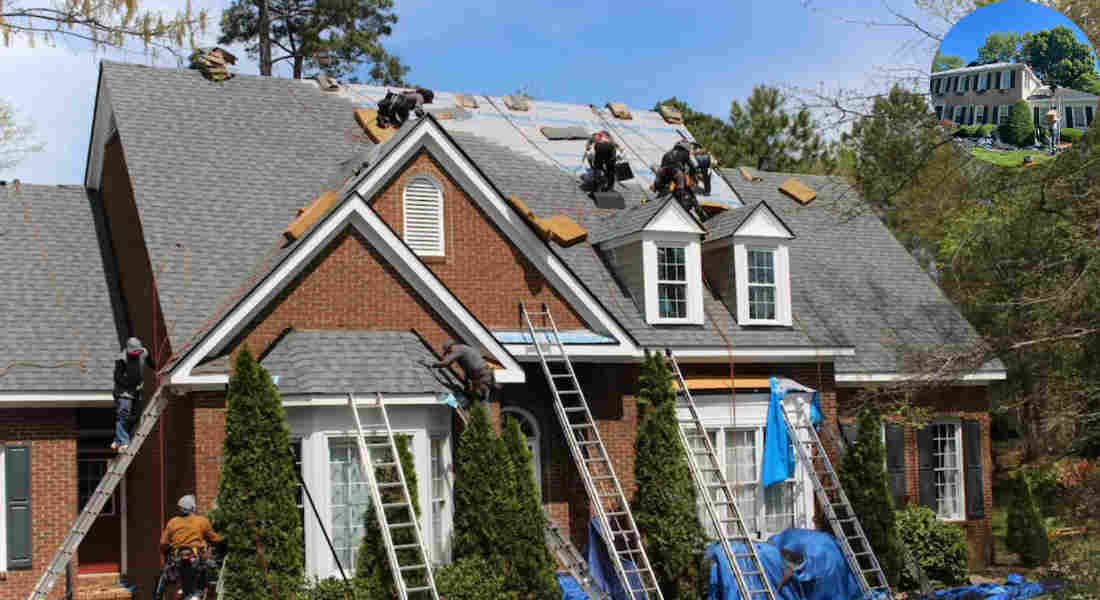
Insurer Assessment of Roof Age and Condition
Insurance companies often have specific guidelines for assessing the age of a roof. They may require inspections to determine its condition and any potential risks. This assessment can significantly impact your coverage options.
Age Cutoffs for Full Coverage
Many insurers have age cutoffs for full coverage, often at 20 years or less. If your roof is older, you might find it challenging to obtain a policy that covers full replacement costs.
The View of a 20-Year-Old Roof
A 20-year-old roof is generally seen as nearing the end of its life cycle. Insurers may be reluctant to provide full coverage, leaving homeowners in a difficult position if damage occurs.
Replacement Cost vs. Actual Cash Value (ACV)
Understanding the difference between replacement cost and actual cash value is crucial. Replacement cost covers the expense of a new roof, whereas Actual Cash Value (ACV ) factors in depreciation, resulting in a lower payout for older roofs. This distinction is vital for homeowners to grasp when filing claims.
Will Insurance Cover a 20-Year-Old Roof? Key Factors
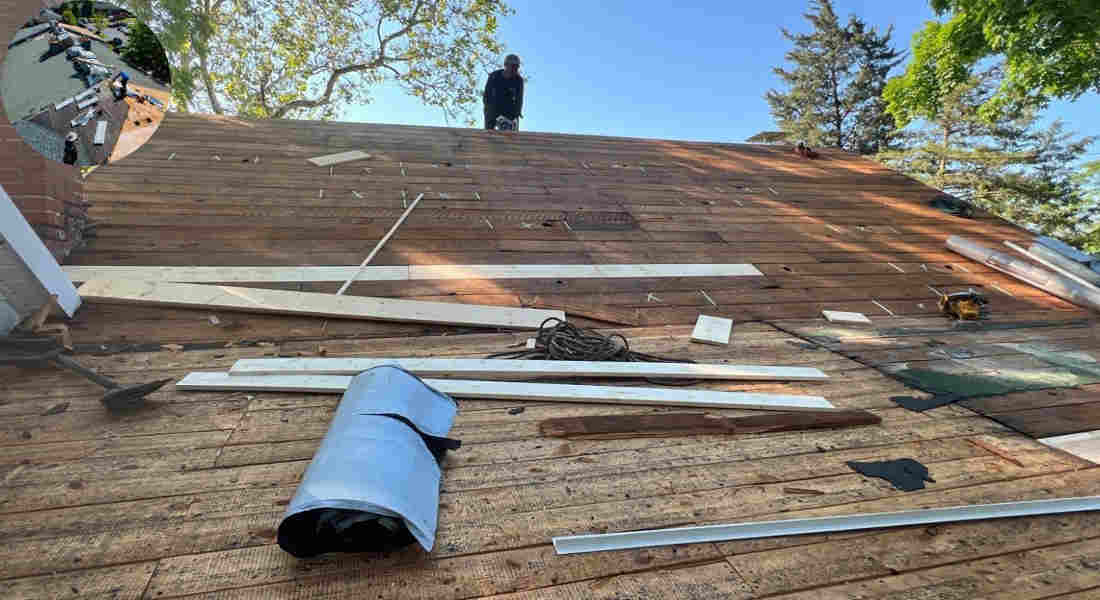
Policy Type and Insurer Differences
The type of policy you have can significantly affect whether Insurance will cover a 20-year-old roof. Some policies may offer full replacement coverage, while others may only cover Actual Cash Value (ACV). Always check the specifics of your policy.
Location and Climate Considerations
Your location plays a significant role in insurance coverage. Homes in storm-prone areas may face stricter guidelines as insurers assess the likelihood of roof damage in such environments.
Roof Material and Condition
The material of your roof also affects coverage. For instance, asphalt shingles may have different coverage guidelines compared to metal roofs. Insurers will evaluate the overall condition and material when determining coverage.
Importance of Accurate Disclosure
Being honest about your roof’s age and condition is crucial. Misrepresentation can lead to claims being denied. Always disclose accurate information to your insurer to avoid potential pitfalls.
Standard Exclusions for Older Roofs
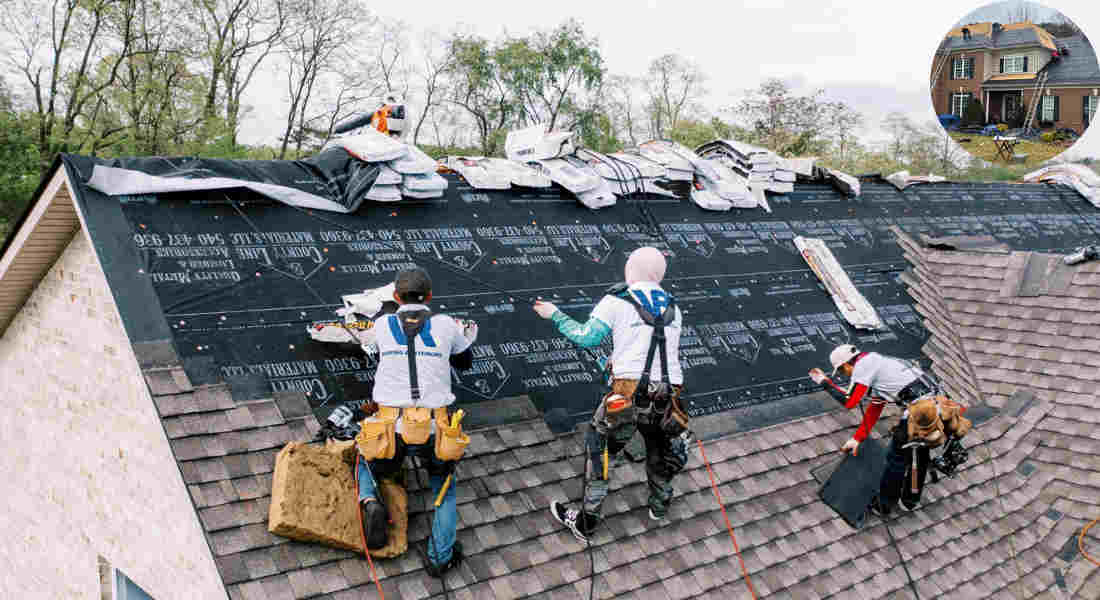
Types of Damage Often Excluded
Many insurance policies exclude specific types of damage for roofs over 20 years old. These can include:
- Cosmetic damage that does not affect the roof’s functionality.
- Gradual deterioration due to age.
Specific Exclusions
Water leaks resulting from wear and tear can often be excluded. It’s essential to read your policy carefully to understand what is and isn’t covered.
How Policy Wording Affects Claims
The specific wording in your policy can significantly impact your ability to make claims. Pay close attention to terms and conditions to ensure you understand your coverage limits.
The Role of Roof Inspections in Insurance
Inspections for Older Roofs
Insurance providers may require inspections for roofs over 20 years old. These inspections help assess the roof’s condition and determine the level of risk associated with it.
What Inspectors Look For
During an inspection, professionals check for:
- Curling shingles
- Leaks
- Structural issues
- Signs of maintenance
Impact of Inspection Results
The results of these inspections can directly influence your coverage or premiums. A roof in good condition may qualify for better coverage, while a roof with significant issues may face higher premiums or limited options.
Understanding Replacement Cost vs. Actual Cash Value
Explanation of Valuation Methods
Replacement cost refers to the amount needed to replace the roof with a similar one, while actual cash value considers depreciation. This difference means that if your roof is older, you might receive significantly less if you only qualify for ACV.
Application to Older Roofs
For a 20-year-old roof, the payout can be notably less under ACV. Homeowners should be aware of this distinction when filing claims, as it can influence their financial recovery after a loss.
Real-World Examples
Consider a homeowner with a 20-year-old asphalt shingle roof. If they file a claim for storm damage and their policy only offers Actual Cash Value (ACV), they may receive a reduced amount due to depreciation, which can impact their ability to repair or replace the roof entirely.
Tips to Safeguard an Older Roof and Maintain Coverage
Regular Maintenance and Repairs
Maintaining your roof can significantly impact your coverage. Regular upkeep can prevent issues from escalating and ensure that your roof remains insurable.
Documenting Roof Condition
Keep a record of all inspections, maintenance, and repairs. This documentation can be invaluable when filing claims or renewing your policy.
Considering Roof Upgrades
If your roof is approaching the end of its life, consider upgrading or replacing it. This proactive measure can improve your coverage options and lower your premiums.
You may also read (how to estimate home garage roof replacement costs).
Proactive Care Benefits
Taking the initiative to care for your roof can lead to lower premiums and fewer claim denials. Insurers appreciate homeowners who are responsible and actively maintain their properties.
What to Do If Coverage Is Denied
Steps After a Denial
If your 20-year-old roof is denied coverage, it’s essential to take immediate action. Begin by reviewing the denial letter to understand the reasons behind the denial.
Appealing a Claim
You have the right to appeal a claim denial. Gather supporting documentation, including maintenance records, to bolster your case.
Exploring Alternative Options
If coverage remains elusive, consider seeking alternative insurance options or supplemental policies to provide additional protection. There may be other providers willing to offer coverage for older roofs.
Case Studies and Real-Life Examples
Example 1: Homeowner with a 20-Year-Old Asphalt Shingle Roof
Consider a homeowner whose asphalt shingle roof is 20 years old. After a severe storm, they file a claim but discover that their Insurance only covers Actual Cash Value (ACV). The depreciation leaves them with insufficient funds to repair the damage entirely.
Example 2: Homeowner in a Storm-Prone Area with an Older Metal Roof
Another homeowner in a storm-prone area faces challenges due to their older metal roof. Despite maintaining the roof well, their insurer still limits coverage options, emphasizing the importance of location in insurance assessments.
Lessons Learned
Both homeowners learned valuable lessons about the importance of understanding their policies and the impact of roof age on coverage.
How to Choose the Right Insurance Policy for an Older Home
Questions to Ask Your Insurance Agent
When shopping for Insurance, consider asking your Agent:
- What coverage options are available for older roofs?
- How does roof age impact premiums?
- Are there specific exclusions I should be aware of?
Comparing Policies for Older Roofs
Take the time to compare different policies. Look for those that provide the best coverage for aging roofs.
Importance of Reading the Fine Print
Always read the fine print in your policy. Understanding the specific terms can save you from surprises when you need to file a claim.
The Future of Roof Insurance for Aging Homes
Trends in Insurance Coverage
As homes age, insurers are adjusting their policies. There’s a growing trend toward offering more specialized coverage for older roofs, reflecting the needs of homeowners.
Impact of Climate Change
Climate change is increasingly influencing roof insurance. As weather patterns shift, insurers are adapting their policies to address new risks.
Emerging Technologies
New technologies for roof monitoring and maintenance are emerging. These tools can help homeowners monitor their roof’s condition and potentially enhance their insurance coverage options.
You may also read (does roof color really affect house temperature in celsius).

